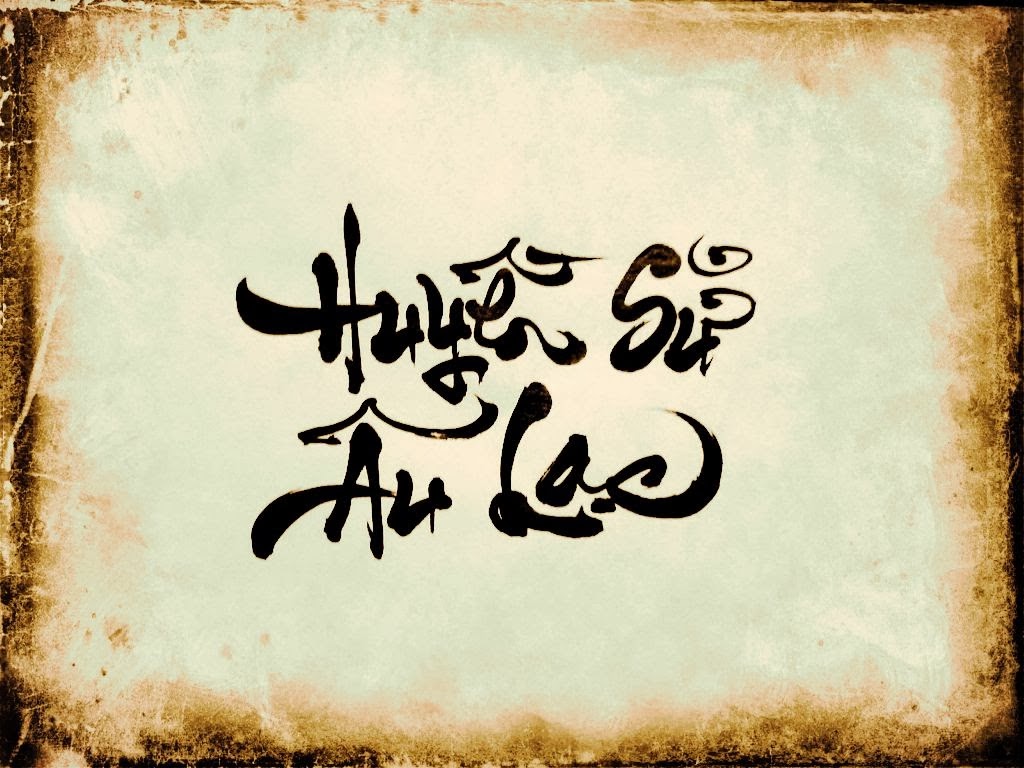The term “huyền sử,” which means something like “obscure history,” is a term that one can find in Vietnamese writings from the late twentieth century and from this century. While “huyền” and “sử” are both terms that can be written in Chinese (玄 and 史), the compound, “huyền sử” (玄史), does not exist in Chinese or Japanese or Korean, as far as I know. Instead, it appears to be a term that was created in Vietnam.
I have long wondered who created this term, and now it looks to me like it was the South Vietnamese philosopher, Kim Đinh, who did so. He used the term a lot in his writings, and at the beginning of a book that he published in 1970, Việt Lý Tố Nguyên, he has a clear explanation of what the term means.
To understand that explanation, however, we need to be aware of certain problems that Kim Đinh felt Vietnamese society and Vietnamese scholars at that time were facing. These problems were related to the past and how it was understood.
The essential idea is that Kim Đinh recognized that a way of looking at the past had developed in the West that was different from what had long prevailed in the East (and I am using the idea of an East-West dichotomy deliberately because that dichotomy played an important role in Kim Đinh’s thought). That way of viewing the past was to use logic or “science” to examine history and to discard information that could not be verified.
Kim Đinh refers to this approach as “historicism” (duy sử) and he argues that scholars in Asia had adopted this approach but had taken it too far, a phenomena that he says Westerners refer to as “the zeal of the neophytes” (le zèle des neophytes).
As an example of this, Kim Đinh points to the fact that scholars like Naito Konan in Japan and Hu Shi in China had declared that the information in the ancient text, the Classic of Documents (Shujing 書經), was all a fabrication. In contrast, Western scholars like Herrlee Creel and Joseph Needham had determined that some of the information in that text was accurate by examining inscriptions on ancient bronzes and cross-referencing them with the text of the Classic of Documents.
So there were people in the East who were taking the Western science of historicism too far, and then at the other extreme, Kim Đinh noted, there were old-school scholars who unquestioningly believed what was written in ancient texts.
Kim Đinh then chose a third path – “huyền sử.”
Kim Đinh states in Việt Lý Tố Nguyên that the term “huyền” draws attention to a kind of numinous quality (tính chất u linh) while “sử,” a term which is usually translated as “history,” refers in this term to a kind of history that is vague and obscure (mung lung, i.e., mông lung).
Because huyền sử records information that is indistinct (lơ mơ), Kim Định argues that people who uphold historicism (duy sử) view such accounts as unreliable, whereas old-fashioned scholars take this same information too literally.
Therefore, the point of huyền sử, according to Kim Đinh, is to create a new path that will blend together the old and the new. “It will maintain the dreamlike spirit (hồn mơ mộng) of people in the past, but at the same time it will employ the appropriate amount of contemporary science: it will be a science that is fond of the poetic spirit (ưa thích hồn thơ), or that will day-dream but still follow the path of science (mơ mộng nhưng lại thẻo lối khoa học).
In order to accomplish this, Kim Định felt that it was necessary to employ a “comprehensive approach” (lối toàn thể) where scholars would look at the findings of archaeology, history, culture, literature, myths from a comprehensive perspective in order to determine what points are confirmable, and then they would search for things that are vague and indistinct, in order to finally create from all of this a kind of philosophical history or a cultural history that is . . .
Further, Kim Định rejected efforts at that time in the West to examine myths as an empty intellectual enterprise and argued instead that in examining huyền sử one must proceed “with one’s entire heart in order to relive the virtues that lie embedded there [in the indistinct past] so that one can be moved by them” (với cả tâm hồn để sống lại những đức tính tiềm ẩn trong đó để được cảm hóa theo).
What were these virtues that lay in the past? One of them was a national spirit (tinh thần dân tộc). To make a long story short, Kim Định argues in Việt Lý Tố Nguyên that Western individualism was challenging Asian collectivism, and that the Vietnamese national spirit was being destroyed in the process, (Vậy đối với nước ta hiện nay thì trào lưu văn hóa cá nhân Tây Âu đang làm tan rã tinh thần dân tộc đến cùng tột.).
For Kim Định, huyền sử was thus a means to “save” the Vietnamese national spirit before it was completely destroyed by Western culture. And the way to do this, was to use Western science in a more sophisticated way than other people in the East were doing, but to combine it with the non-Western dreamlike, poetic spirit of the Vietnamese in order to discover the virtue of the spirit of national unity (tỉnh tinh thần đoàn kết quốc gia) that lay embedded in the distant past.
This idea that there was something “dreamlike” about Vietnamese culture fits well with what we would today refer to as the racist colonial discourse about Vietnamese from the first half of the twentieth century. At the same time, however, Kim Đinh defended his use of these non-scientific elements of Vietnamese culture by pointing out that many prominent scholars in the West were examining myths, instinct and the unconscious, from Nietzsche to Freud to Lévi-Strauss.




